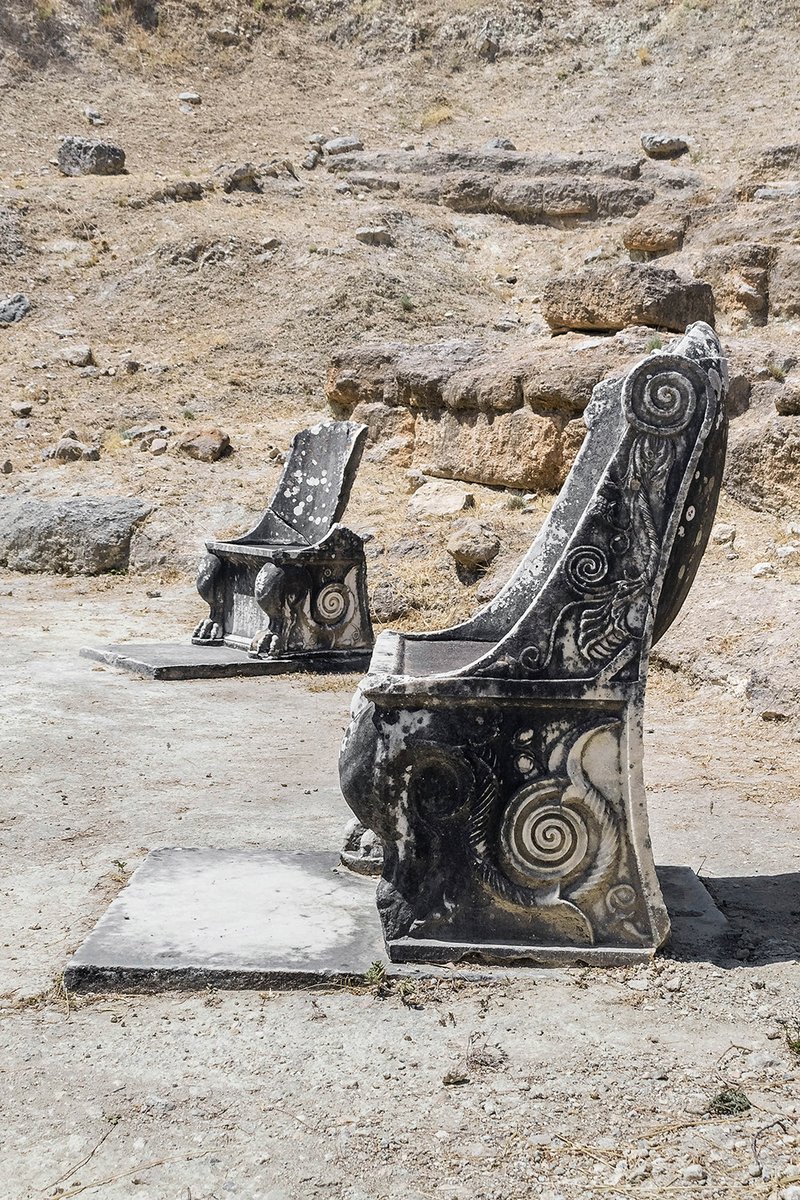177
180
185
187
189
193
195
197
198
199
























